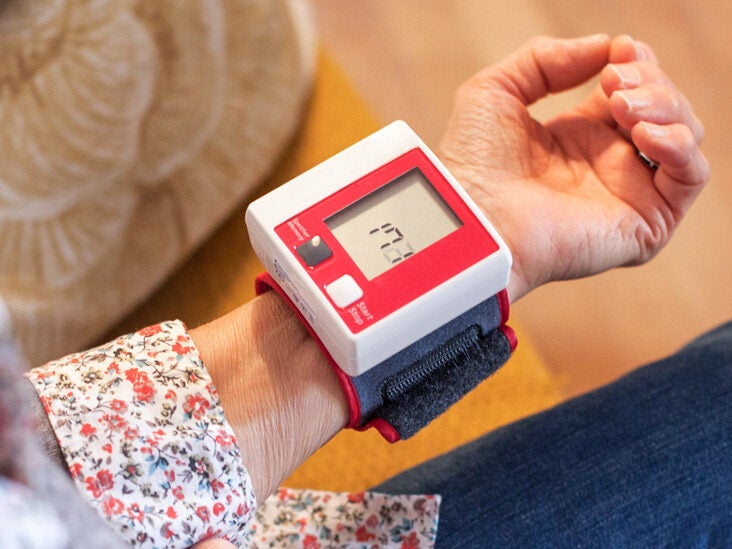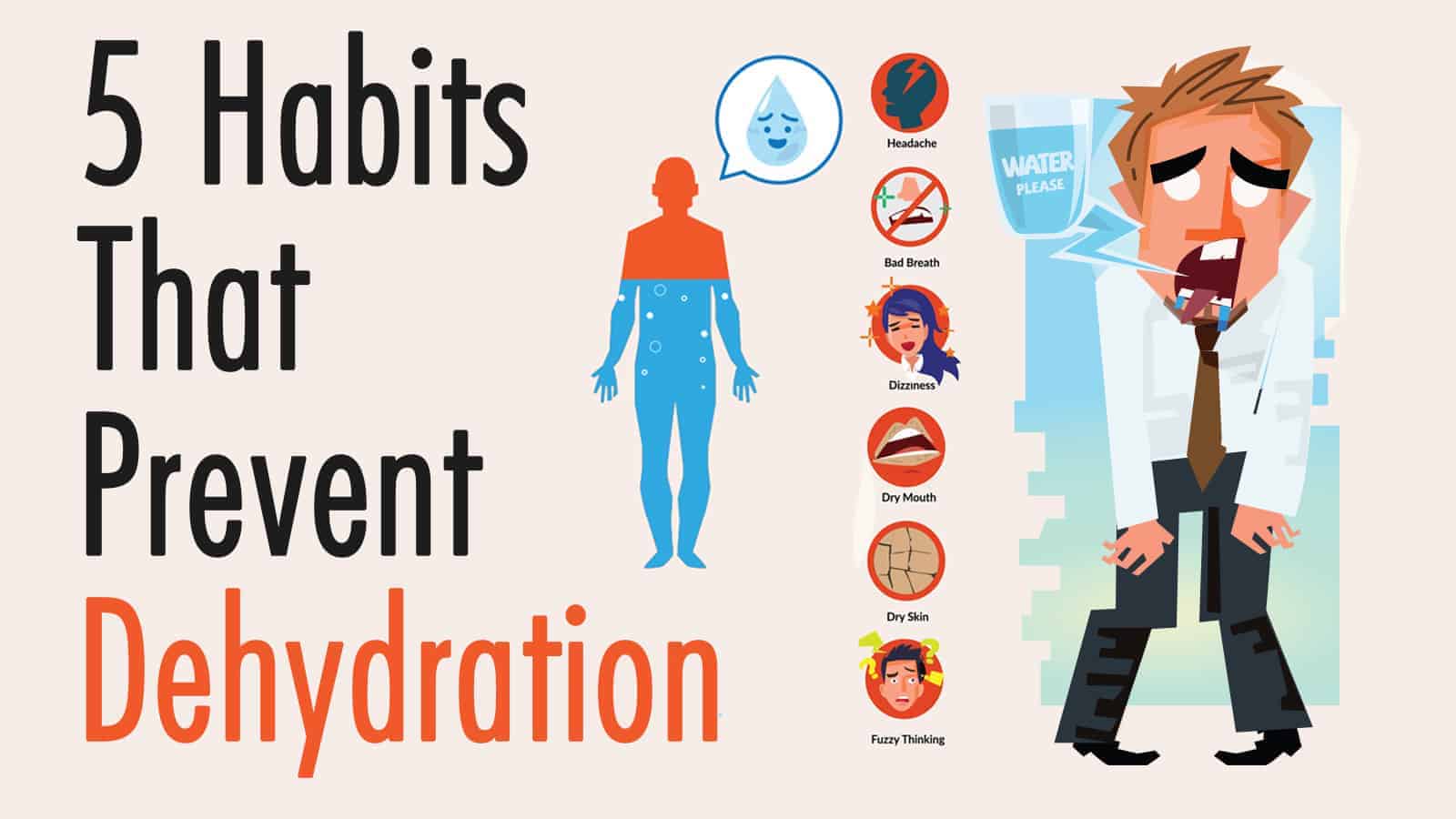This is variably defined as less than 60 or 50 beats. The increased heart rate doesnt harm the heart and doesnt require medical treatment.
What Is Ideal Heart Rate Bpm Of A Normal Person Quora
50 to 60 percent of maximum heart rate.

Whats a bad heart rate. 9 Zeilen Consuming heavy amounts of alcohol frequently can lead to a fast and irregular heart rate. However during brisk walking you should aim for 70 to 80 of your maximum heart rate. Well over 99 percent of the time sinus tachycardia is perfectly normal.
Sinus tachycardia is the term used to describe a faster-than-normal heartbeat a rate of more than 100 beats per minute versus the typical normal of 60 to 70 beats per minute. Increase brisk walking gradually by a couple of minutes every day until you reach about 30 minutes a. It becomes extremely dangerous for the patient as it may cause heart failure cardiac arrest and even death.
Bradycardia is a heart rate thats too slow. However various factors may affect your heart rate and make it different to the ranges in the normal heart rate chart above. If you have bradycardia youll have a sustained heart rate below 60 even when youre awake and active.
The following are the five different zones based on your maximum heart rate. One simple thing people can do is to check their resting heart rate. Elderly people for example are more prone to bradycardia.
Tachycardia is also associated with a shorter life expectancy 8. According to the Heart Center arrhythmia is also a dangerous pulse rate defined as irregular beating of the heart. Some people however have a heart rate thats slower than normal whats called bradycardia.
A heart rate is the number of times the heart beats per minuteThe heart rate changes throughout a persons life according to their age their fitness and even whether they are frightened. Tachycardia is a resting heart rate that is too fast 6. Your target heart rate zone is the range of heart rate that you should aim for if you want to become physically fit.
Doctors consider a heart rate below 60 beats per minute as low Dr. What is a normal heart rate varies from person to person. It can be caused by congenital heart disease poor circulation anemia hypertension or injury to the heart such as a heart attack 7.
Generally a lower heart rate at rest implies more efficient heart function and better cardiovascular fitness. Answer From Edward R. Normally your heart rate should have a strong steady rhythm.
For most of us between 60 and 100 beats per minute bpm is normal1 The rate can be affected by factors like stress anxiety hormones medication and how physically active you are. Types of arrhythmia include atrial fibrillation premature atrial contraction atrial flutter sick sinus syndrome supraventricular tachycardia sinus bradycardia and Wolff-Parkinson-White syndrome. 60 to 70 percent of maximum heart rate.
An athlete or more active person may have a resting heart rate as low as 40 beats per minute. However an unusually high resting heart rate or low maximum heart rate may signify an increased risk of heart attack and death. In addition to a heart rate you should look out for other symptoms such as.
Being short of breath fainting feeling dizzy or lightheaded feeling fluttering or palpitations in your chest having pain or discomfort in your chest. It is calculated as 60 to 80 percent of your maximum heart rate. Its a fairly easy to do and having the information can help down the road.
While warming up and cooling down you should aim for a 60 to 70 of your maximum heart rate. A normal resting heart rate for adults ranges from 60 to 100 beats per minute. Bradycardia may be caused by changes in the heart structure due to aging or heath conditions or due to damage to the hearts electrical system.
In general for adults a resting heart rate of fewer than 60 beats per minute BPM qualifies as bradycardia. Bradycardia is a condition where the heart rate is too low usually less than 60 bpm. This can be the result of problems with the sinoatrial node which acts as the pacemaker or damage to the heart as an outcome of a heart attack or heart disease.
A normal range is from 60 to 100 beats-per-minute while awake. 70 to 80. Whats considered too slow can depend on your age and physical condition.
If your heart rate exceeds 185 beats per minute during exercise it is dangerous for you. The heart rate can also slow down normally while we are asleep to 40 to 60 beats a minute. For example a well-trained athlete might have a normal resting heart rate closer to 40 beats per minute.
Suppose your age is 35 years your maximum heart rate is 185 beats per minute. When heart rate in adults exceeds 100 beats per minute at rest then the condition is called tachycardia which has a pathological reason behind. What is Considered a Dangerously High Heart Rate.
Bradycardia is the medical term that refers to a heart rate less than 60 beats per minute according to the American Heart Association. Tachycardia is normally considered to be a resting heart rate of over 100 beats per minute according to the National Institutes of Health and generally triggered when electrical signals in the hearts upper chambers fire unusually. If the heart rate is closer to 150 bpm or higher it is a condition known as supraventricular tachycardia SVT.
You can seek the advice of your health care provider for any health conditions you may have that can affect your pulse. High blood pressure vs.











